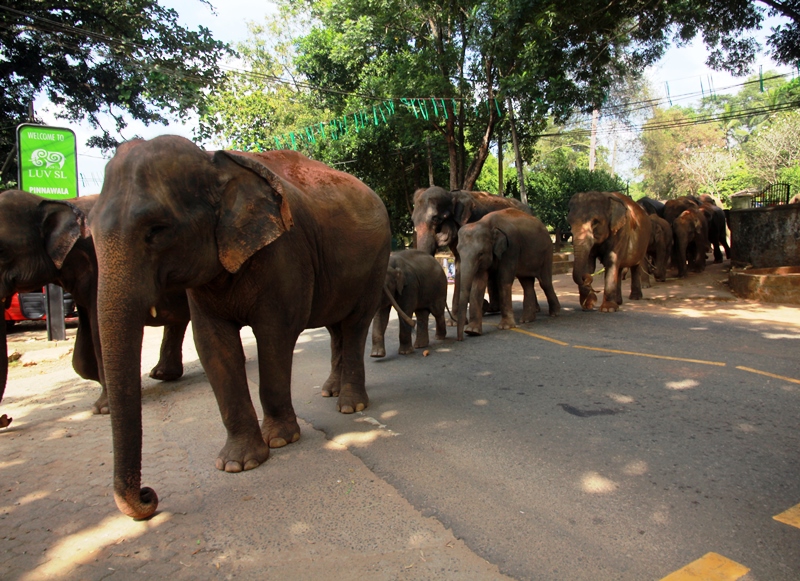
“These are the orphaned baby elephants,” Pinnawala Elephants Orphanage Manager Chandrika Priyadharshani tells The Express Tribune. “They need to be fed with bottles.”
She identifies two of the calves standing next to the metal grating of the enclosure – Pandula and Migara. Already quite large, the male and female “were found abandoned in the jungle in the Ritigala forests in northern Sri Lanka,” she explains. Less interested in what the manager had to say Pandula and Migara began play-fighting halfway through the conversation.
The orphanage was founded in 1975 – the era when the island nation had just started developing – with the aim of helping raise motherless elephant calves and running a captive breeding programme.
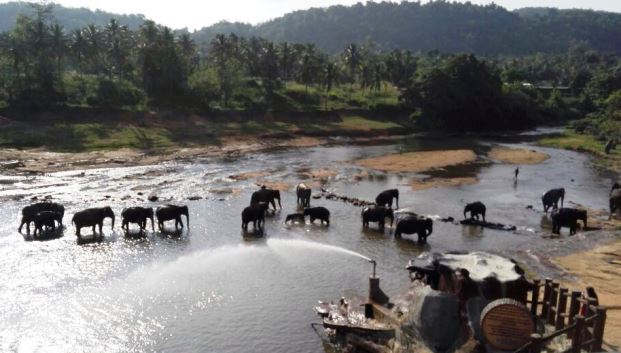
Walkabout
Every day at around 4:00pm, the mahouts – elephant handlers – direct the elephants out of their enclosures. Sirens are blown to halt traffic, as the herd forms a train to cross the road and get to the riverside, where they can bathe and frolic.
Crowds of tourists impatiently wait on the road to follow the herd to the riverside, and even on the balconies of nearby hotels, tourists can be seen snapping away with their cameras.
Top elephant conservationist shot dead in Tanzania: colleagues
Saving Dumbo
Sri Lanka has the largest number of Asian elephants in the world, with the population anywhere between 2,500 and 4,000, according to WWF-Sri Lanka.
The International Union for Conservation of Nature (ICUN) believes its population has critically dropped in three generations due to continuous deforestation and poaching.
But orphanage manager Priyadharshani claims that they are also achieving the goal of conservation and captive breeding of the subspecies.
“The first captive birth took place in 1984. Since then some 70 births have taken place,” she explains. “I think, this is the largest number of births in captivity in any country,” maintains Priyadharshani.
The government has also toughened local laws that enshrine death penalty for killing an elephant today.

Back to mother (or) nature
Funded by the international wildlife conservation bodies, the sheltering and conservation programme’s third phase is releasing grown-up orphaned elephant back into their natural habitat.
The same will be the case for Pandula and Migara – the two orphaned calves – who will stay separated from the herd till they turn five next year.
“Next year they will be released into the herd at the orphanage. At times, herd members do not easily accept orphaned calves, so we have to see if they are so welcoming. Otherwise, we will keep them separate for some more time,” says Priyadharshani. “Eventually, once they are fully grown, both will be released in the jungle to live independently,” she added.
Until then it is hoped that Mathali is willing to adopt two more beautiful babies.
Shoot-to-kill: India hunts serial killer elephant
In most cases, elephant calves get separated from their packs during their cross-country annual migration cycles, or when the mothers are killed by poachers or die natural deaths.
But there are also other human factors. The 1970s saw much of the island’s lush-green forest cover stripped away to make room for tea plantations and human settlements. This, local experts said, deprived much of the wildlife of its natural habitat.
“So many species’ lives were damaged, especially the elephants, who need big forests. Many baby elephants were orphaned,” Priyadharshani recalls with a disappointed expression.
The Sri Lankan elephant was initially threatened by poaching for their tusks. Coupled with massive deforestation, the pachyderms were facing extinction when the Worldwide Fund for Nature (WWF) put them on the endangered species list and pushed local authorities to swing into action.
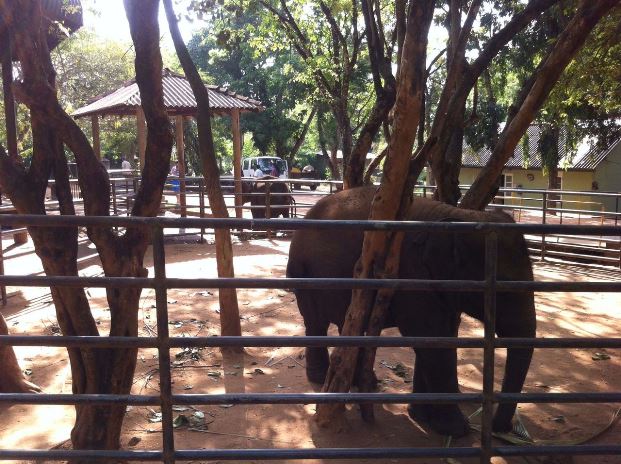
But even the WWF could do nothing about the third factor – landmines.
Placed during the decades-long Sri Lankan Civil War, it is believed that the explosives killed around 100 elephants every year between 1990 and 2006. Many others lost their limbs after setting foot in minefields.
This also kept adding to the numbers of the orphaned elephants in the country.
“We started here with five parentless babies. Three of them are now big elephants, but two died,” Priyadharshani says.
“We now have 88 animals,” she added, as she began counting off the members of the current herd. “There are 20 calves below five-years-old. Around 40 adults are male, and the rest are female.”
Tourists rescued by elephants from flooded Nepal safari park
Among them is Mathali, a female elephant named after the central province of Mathale, where she was found abandoned.
Over the years, Mathali has given births to six calves in captivity at the orphanage – which is one of the busiest tourist attractions in Sri Lanka.
Mathali also leads three herds, acting as the mother of many orphaned elephants. It is almost as if she wants to ensure that the calves under her care never have to endure the pain that she once did – growing up without a mother.
Priyadharshani spoke of Mathali’s strong maternal instincts.
“As she grew up, Mathali showed many qualities, especially maternal ones. No other female elephant can lead the herd better than her. She was selected by the herd because she has a stronger personality than any of the others.”











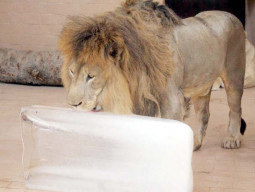

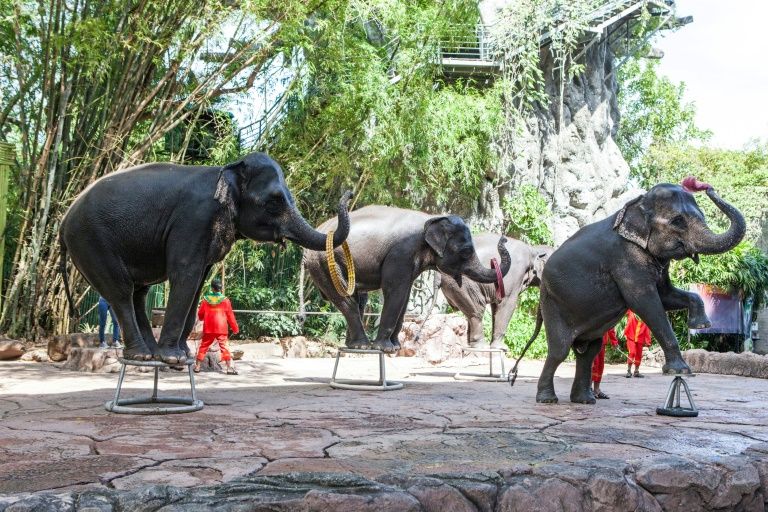




























COMMENTS (1)
Comments are moderated and generally will be posted if they are on-topic and not abusive.
For more information, please see our Comments FAQ